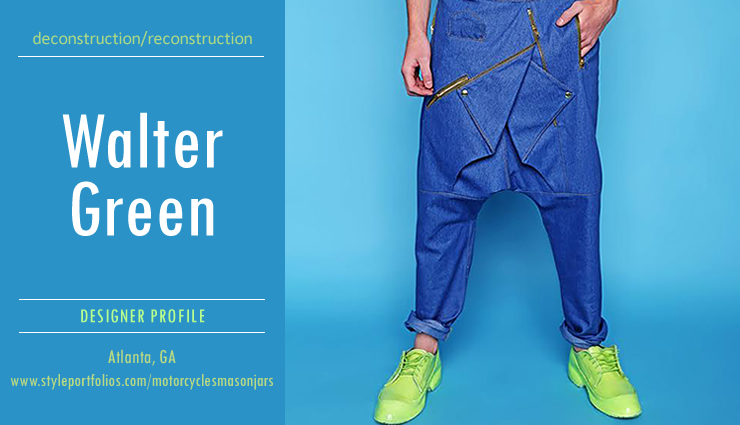
DESIGNER PROFILE – WALTER GREEN
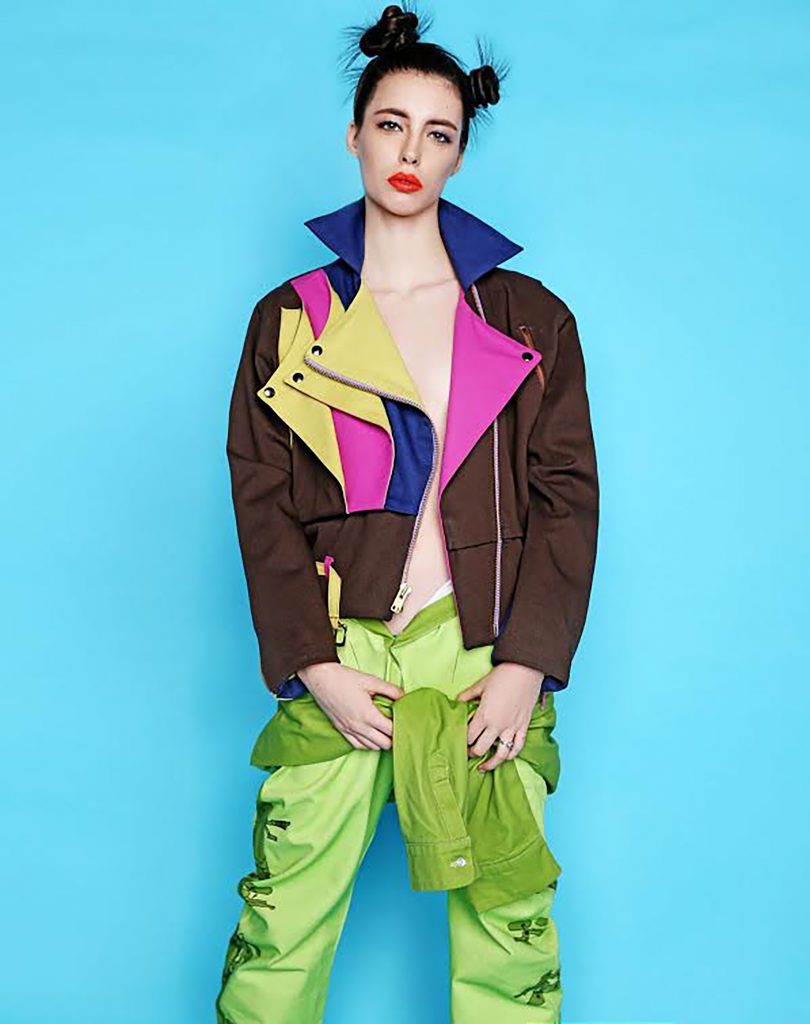
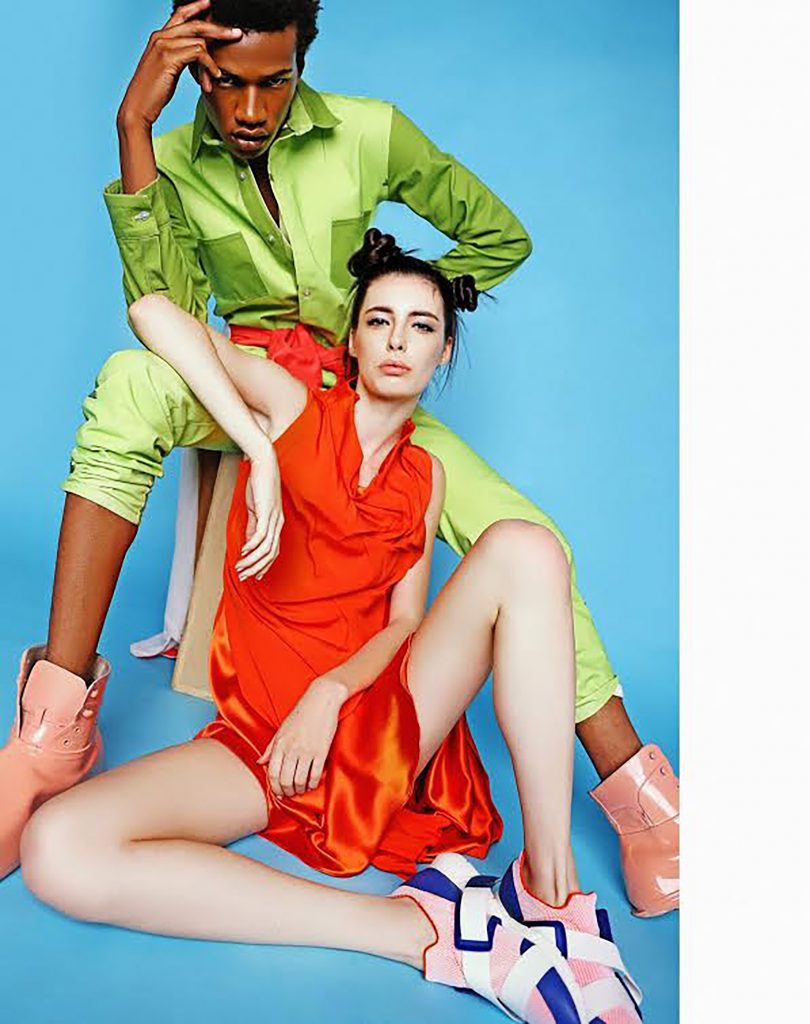
What should everyone know about you?
WG: I am a creative Menswear designer with a strong understanding of masculine designs and imaginatively cohesive color palettes.
How would you describe what you do?
WG: Innovative Street Couture created by utilizing the Deconstruction/Reconstruction process combined with technical pattern making. Right now I am focused on freelance made-to-measure and made-to-order but I am open to beneficial opportunities that might become available. The purpose of the current freelance business is to purchase the initial stock for my mobile popup shop. My son and I created a popup shop utilizing a large stepvan that was previously used as a Little Debbie delivery truck. We installed everything but the electrical system that I had installed by a professional mobile business installer. The popup shops concept is country and edgy with a strong element of street couture. The popup shop was developed so I can reach my consumer market by attending events and locations all over the Southeast. The popup shop can even serve as a showroom for potential retailors.
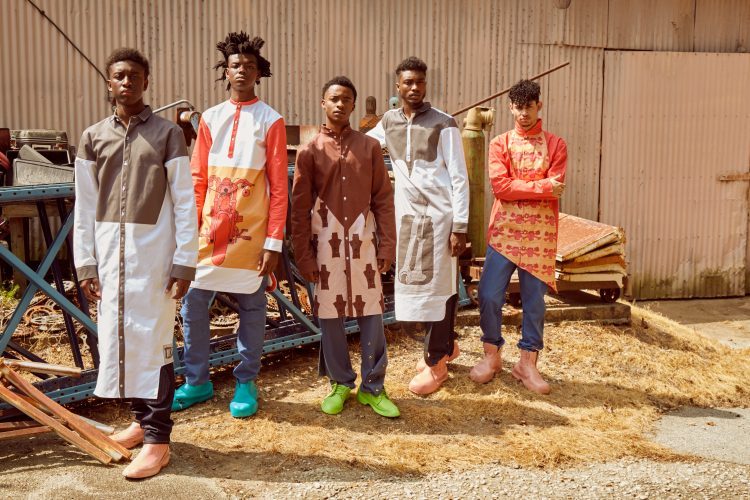
Why did you choose to be a designer?
WG: I started to express myself through fashion all the way back in the elementary school. In high school I was voted most offbeat (unconventional or unusual) because I would wear stuff like polyester Chicago pants, straw cowboy hats, moccasins, and t- shirts from rival high schools that I would pick up from the local thrift store. When I went to the military I eventually got stationed in Japan and met two friends who were apart of the fashion industry that encouraged me to pursue this as a career.
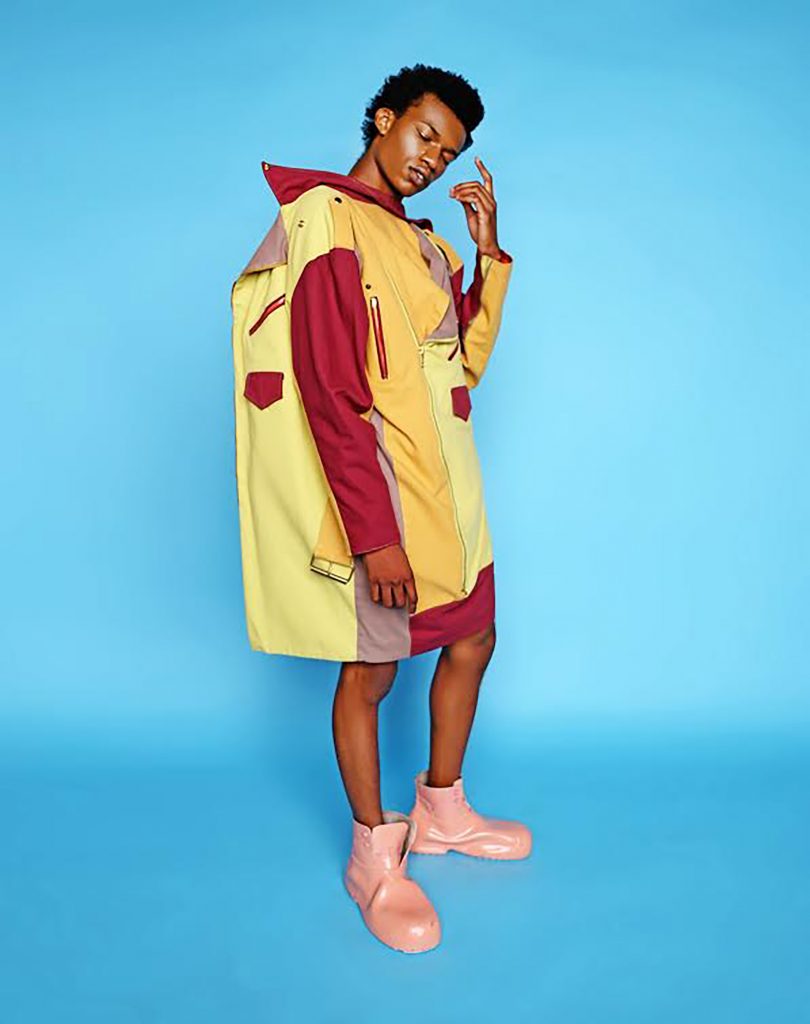
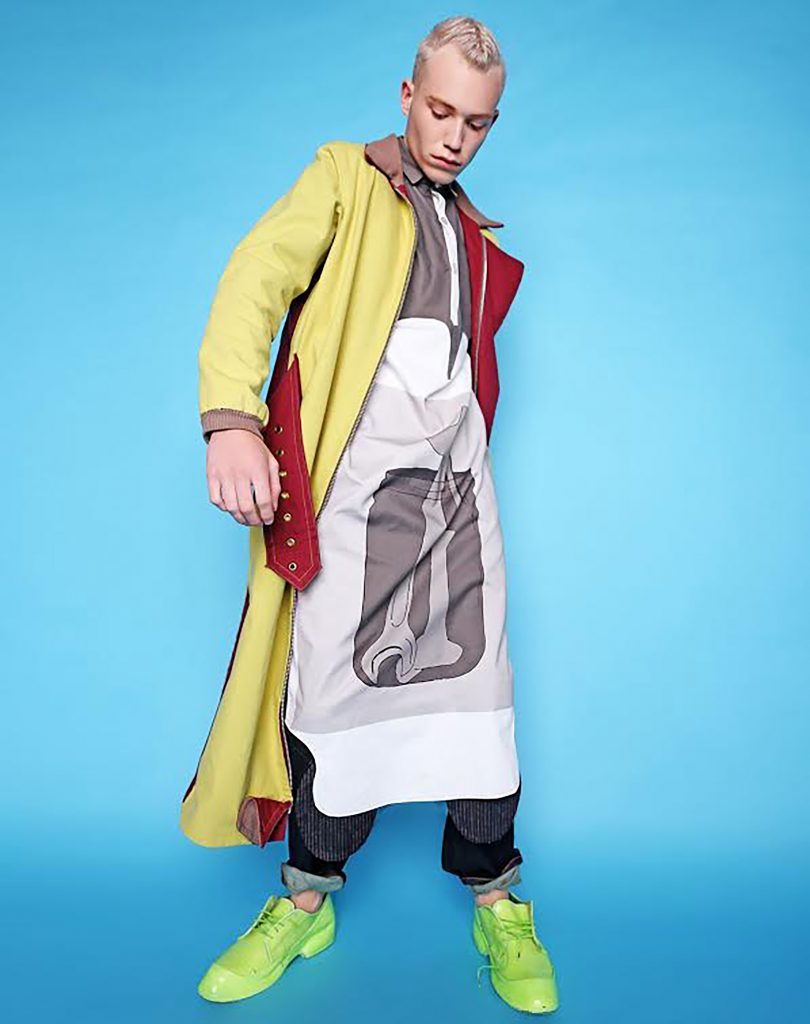
What steps did you take to become a designer?
WG: I would purchase clothes from a place called Kinji used clothing in Harajuku Tokyo and remake them into styles all my own utilizing a process known as vintage remake. When I separated from the military I moved to Orlando and studied fashion design and marketing at International Academy of Design and Technology (IADT). A few months into my studies my house was broken into while I was visiting my parents for Christmas. Everything was stolen or broken so I decided to move back home in order to start over. I didn’t want to give up on my dreams so I selected to attend American Intercontinental University in order to complete my BFA. Upon completion I applied and got accepted to Savannah College of Art and Design (SCAD). I needed to get my MFA because although I knew I was above and beyond in the creativity department I needed extra work with my finishing techniques. My last year of graduate school Associate Dean of Fashion Dejan Agatonovic was hired. In about one full paragraph he explain to me how to improve my finishing techniques and how to maximize my collection.
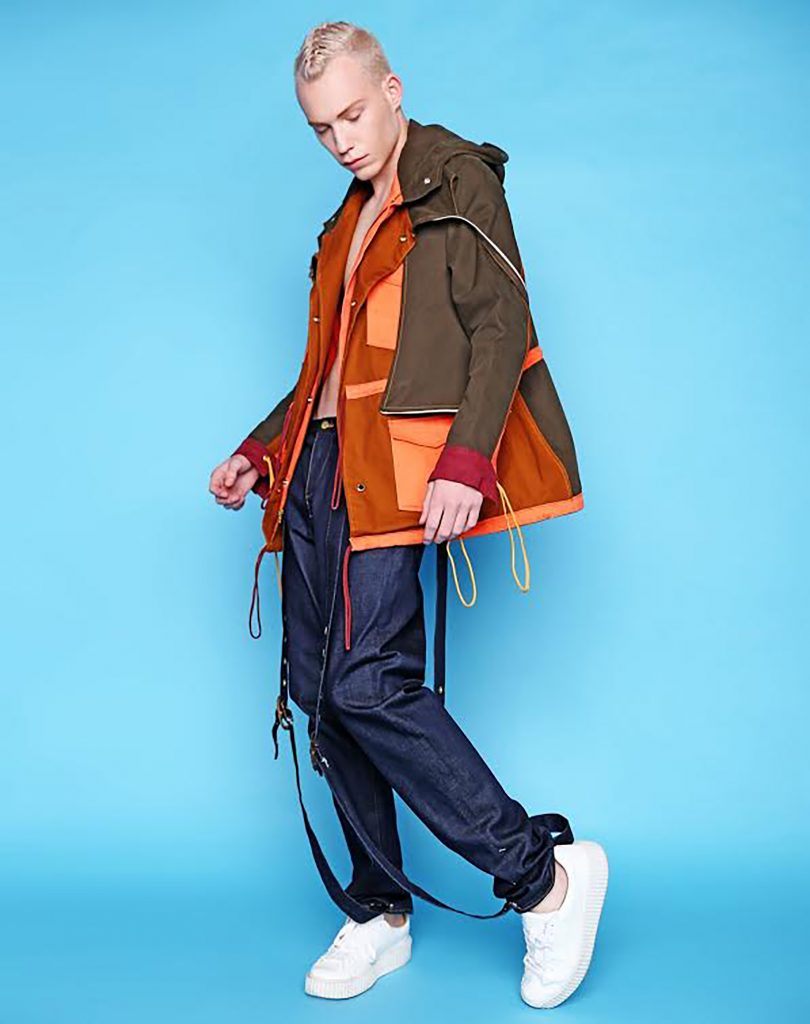
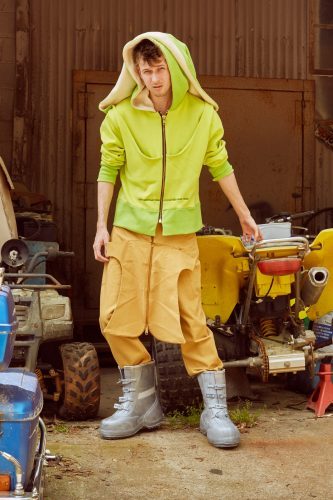
Best/Most Challenging part of your job?
WG: The best part of my job is being able to show the world what’s going on in my brain for the majority of the day. The most challenging part of this job is balancing work and family.
If you weren’t a designer what would you be?
WG: I was a sonar technician prior to this so most likely a telecommunication technician. I know it’s an odd combination but growing up all I ever dreamed of was fashion and football. It sounds strange but I guess I had to fail at my second choice in order to accomplish my first choice. Honestly telecommunication technician would be a distant third.
How did you get started in design?
WG: My mother sewed and won a sewing competition called Miss Southeast back when the South was still segregated. Opportunities like I have today were almost unheard of so she went on to work at a community textile factory. My maternal grandfather could also tailor clothes so I guess it’s in my blood.
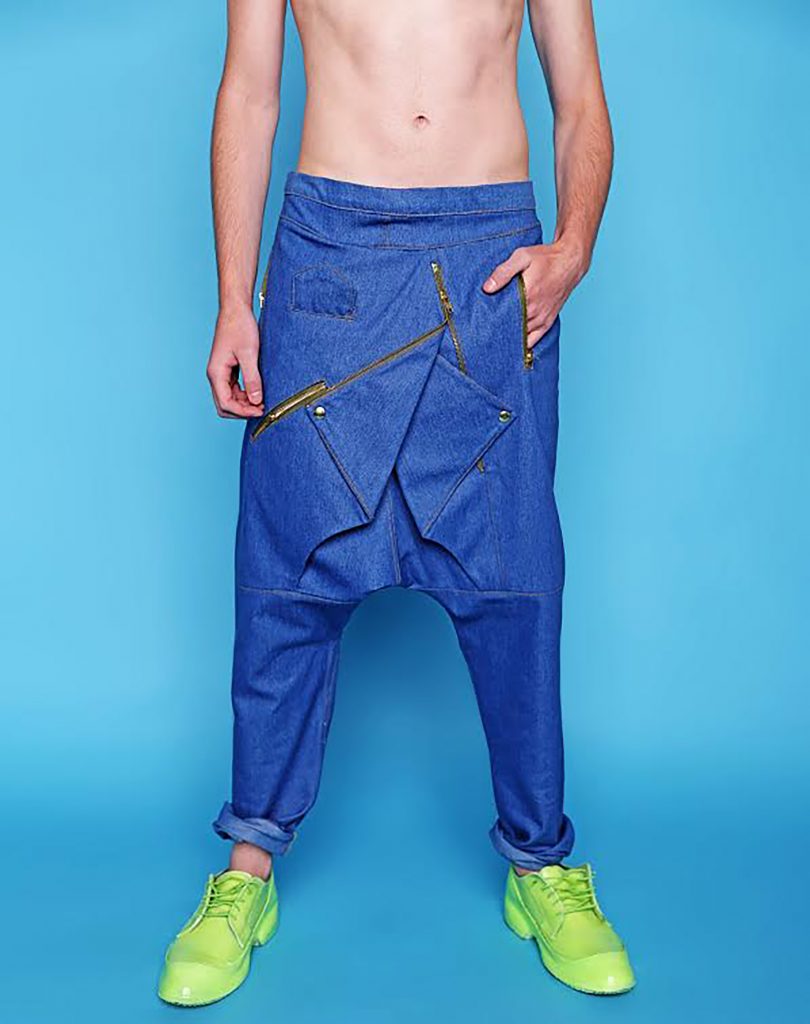
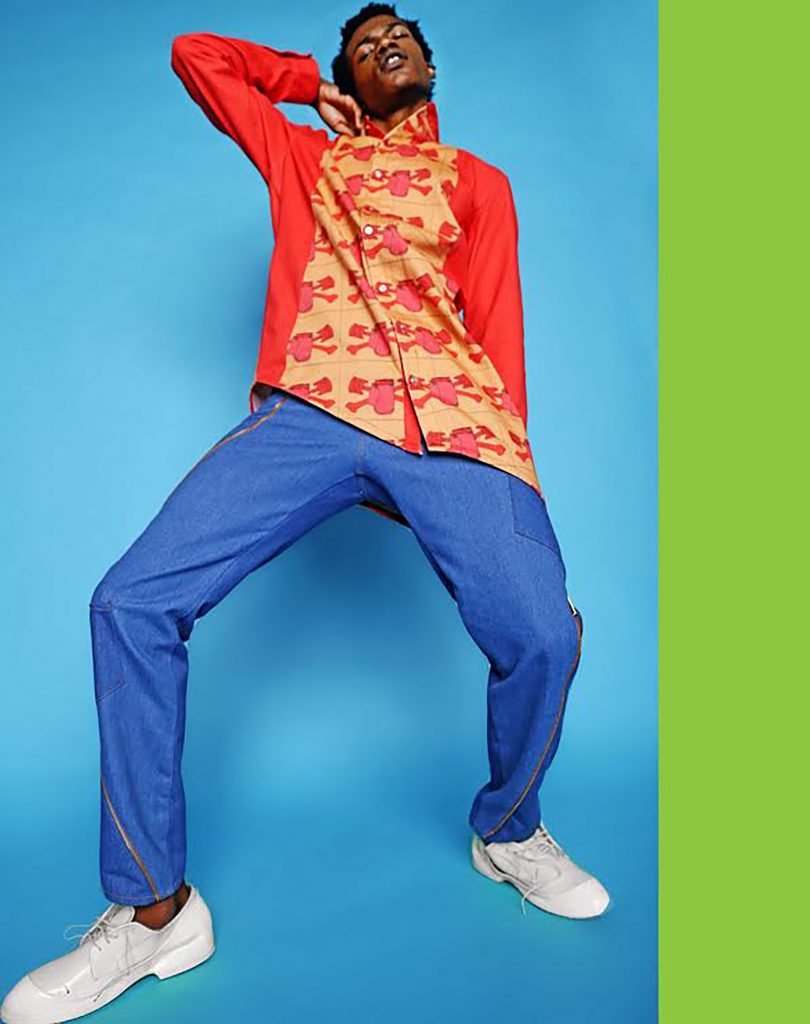
What do you like about what you do?
WG: I love everything about fashion, even the grind. It gives me pride to know that I work hard in order to accomplish my goals. In this industry you can really create whatever future you can dream of.
What’s a common misconception people have about what you do?
WG: I don’t know if people really have a misconception of what I do. The misconception comes because people view me as to rough around the edges to be achieving this.
Where do you see yourself in 10 years?
WG: In a contemporary brick and mortar in the process of developing my own fashion culture like the great Vivienne Westwood.
How has your work evolved since you began your career?
WG: My work evolved from everyday street fashion to a category of its own. Every time I learn a new process I try to include it into each design process. This has caused my work to become somewhat of a collage of aesthetics.

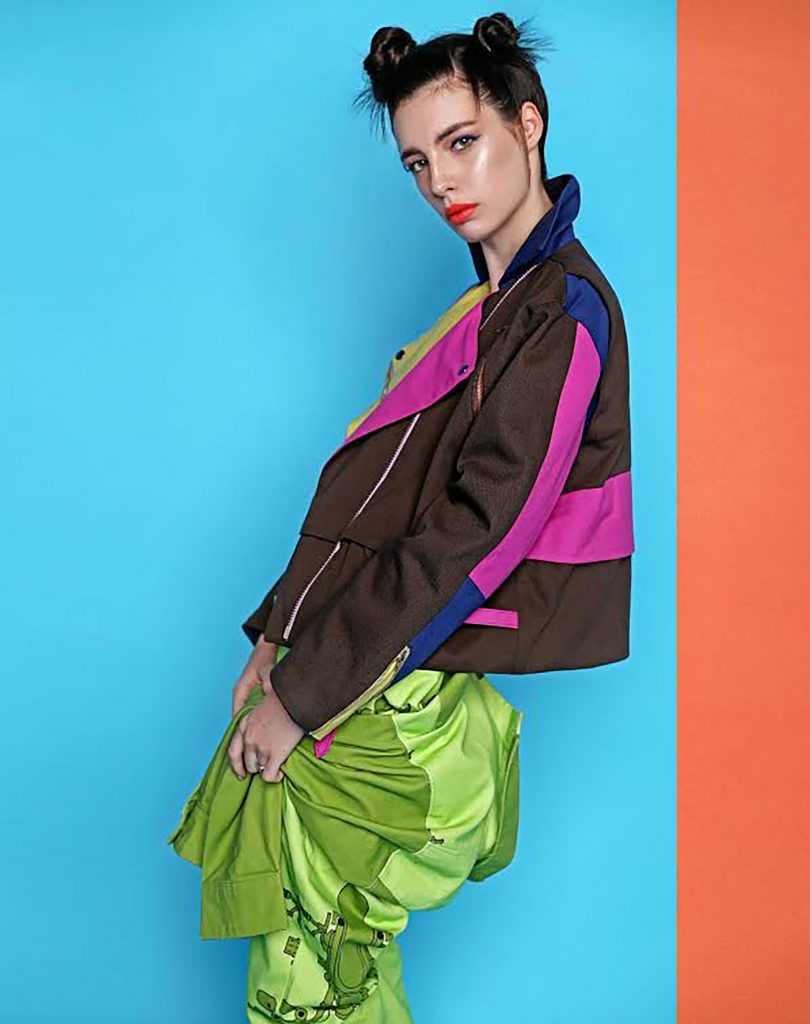
What are you fascinated by at the moment and how does it feed into your work
WG: Developing layers with a single garment fascinates me the most right now. I would also have to include duck canvas fabric because I can make it both edgy and country at the same time which basically describes me.
What is the biggest lesson that you have learned since you started your career?
WG: Fashion has taught me a whole lot of patience. I thought that I should be able to learn everything from school but I learned 90% of what I know through trial and error. It has also taught me to pinch every penny because developing a collection is like raising a baby during that timeframe.
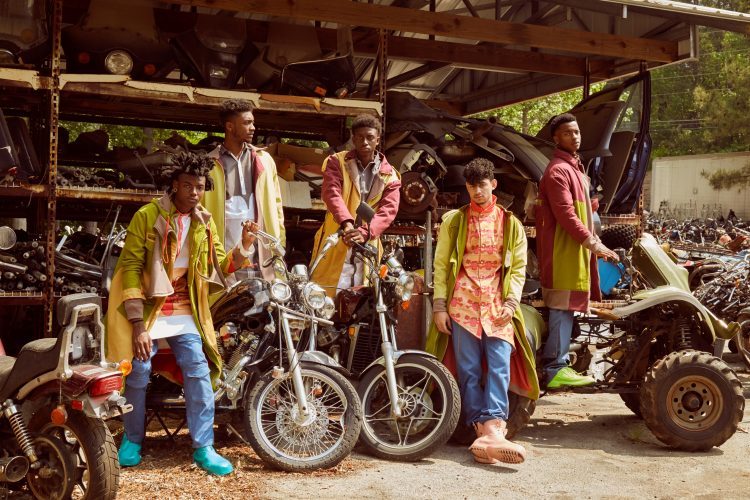
What advice would you give to young designers?
WG: I want young designers to take every opportunity available to promote their work. I missed out on some major opportunities to get my work noticed and appreciated by the right people because I had maxed out on scholarship funds due to my military scholarship program. I felt as if I had nothing to gain by entering some competitions and would be taking away from students who really needed scholarship funds. Take the time out of your busy schedule to maximize your opportunities. Submit your portfolio to local fashion shows because the right people are often spotted at unexpected places.
What would you like to achieve before the end of the year?
WG: By the end of the year I hope to be able to fund my initial stock.
What’s your motto?
WG: One day at a time.
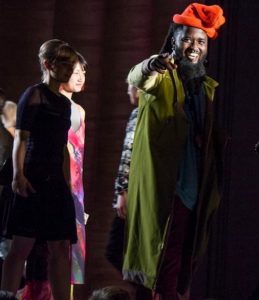 Hello my name is Walter Green and I am a menswear designer from Atlanta Georgia.
Hello my name is Walter Green and I am a menswear designer from Atlanta Georgia.
Walter utilizes his own method Deconstruction/Reconstruction in order to reposition design elements such as hoods, collars, and lapels. I combine fabrics commonly used for workwear with cartoon like color palettes.
Learn more at: http://styleportfolios.com/portfolio/motorcyclesmasonjars/
Facebook: https://www.facebook.com/motorcycles.masonjars
LinkedIn: https://www.linkedin.com/in/walter-green
